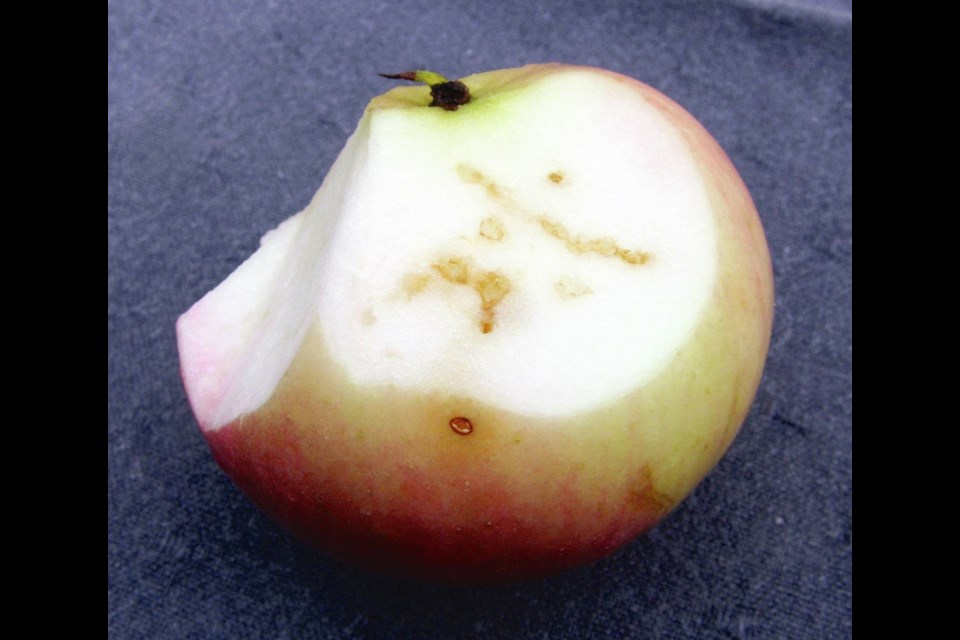Dear Helen: Every November I wear a red poppy to honour veterans and those who have perished in war, but I’ve never known what variety of poppy the imitation ones represent. Can you tell me its name and whether the plants can be grown here?
M.L.
The flower represented by the Remembrance Day poppies is Papaver rhoeas. Papaver is the Latin name for poppy. The plants are 60-cm tall annuals with black-centred scarlet flowers. They self-sow freely and are, in some places, considered an agricultural weed. Common names include corn poppy, veterans poppy and Flanders poppy.
This is the poppy in John McRae’s poem In Flanders Field. He wrote it in 1915, following the funeral for another 91ԭ�� soldier, a friend, at a cemetery in Ypres, where the red poppies were blooming. Ypres is located in the Belgian province of West Flanders.
I had these poppies growing and self-seeding in my front garden for several years. They are at their most effective flowering in substantial groups. Seeds are listed in most catalogues. West Coast Seeds lists them as Flanders poppies.
Papaver rhoeas will grow and bloom in just about any sunny to lightly shaded site, and in almost any soil type.
Dear Helen: I was interested in your description of coddling moth and apple maggot damage in a recent column, but I’m still uncertain what caused some of my apples that dropped from the tree to have softened, brown, rotted sections. Which of the two pests is more likely to be the problem?
F.P.
Once apples have fallen from the tree, and if they are left on the ground, contact with damp soil and exposure to soil-dwelling creatures and organisms can bring on decomposition.
Of the two insect pests I described, the apple maggot is the more likely to cause rotted sections in an apple. Apple maggot adults are small, dark flies that emerge from pupation in early summer. Females puncture apples and lay eggs, singly, under the skins during July, August and September. Small, whitish maggots hatch from the eggs to create trails through the flesh as they move and feed. The tunnelling and feeding within the apple leads to rotting of the flesh.
This year I came across more than just a few of my apples damaged by this pest. Cutting into affected apples revealed the tunnelling. I even found one tunnel section still inhabited by a tiny off-white grub.
Coddling moth is less likely to be a cause of softening, browning and rotting sections of an apple because the larvae bore into developing apples, usually at the blossom end, and feed at the core before exiting the fruit directly and pupating to produce another generation of adult moths. The larvae don’t meander through the flesh, feeding on it.
Next year I’ll be carefully monitoring my apples from the time they are tiny, watching for punctures, dimpling and entry holes and removing all suspect apples. After the trees rid themselves of excess fruit in the “June drop,” I plan to further thin the apples.
I may even begin enclosing the fruit with protective bags made of insect netting, lightweight cotton or curtaining material, small brown paper bags or translucent bakery bags placed over the fruit and secured with a draw string, twist tie or staple.
Dear Helen: My asparagus planting explodes into a summer forest of thick-stemmed fronds, some over 240 cm high. If I don’t stake them, the growth splays out to take over too much space. What can be done with the fronds in late spring, before their growth becomes unmanageable? Is it all right to prune them?
D.W.
Growing your own asparagus is the sure way to experience the full, fresh flavour of the spears; however, the plants do take up a great deal of space for a limited harvesting period in the spring.
It is entirely normal for the fronds to grow tall in the summer. That’s an indication that the plants are flourishing and the top growth is setting up to rebuild the roots for another good harvest the following spring. Pruning the fronds would curtail the rebuilding process. To keep them within bounds, create a strong staking system that will allow the fronds to develop fully while they are kept upright.
After cutting the fronds down in late autumn, lime the area and mulch generously with compost. Then apply a thick mulch cover of chopped leaves or straw to protect the soil.



